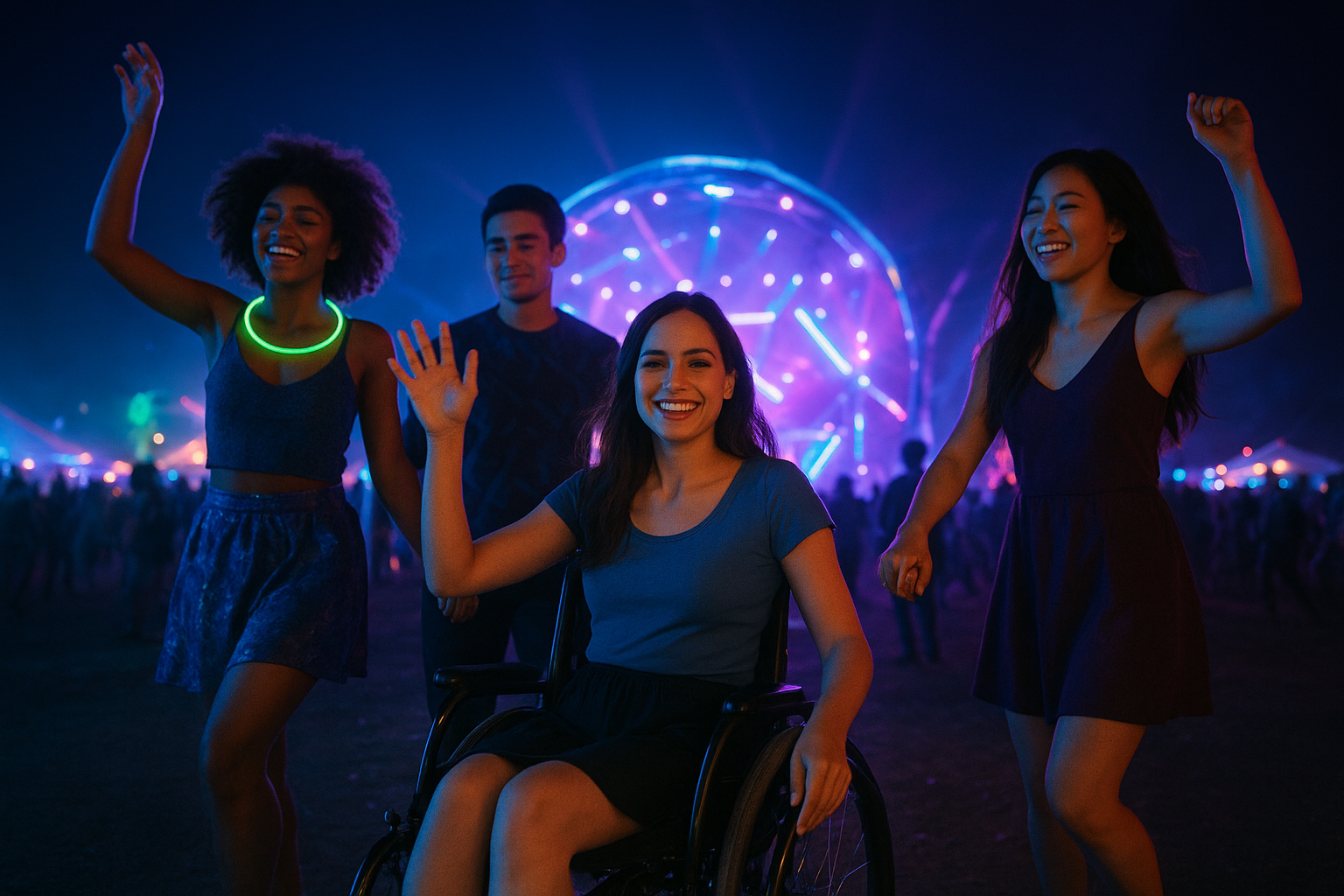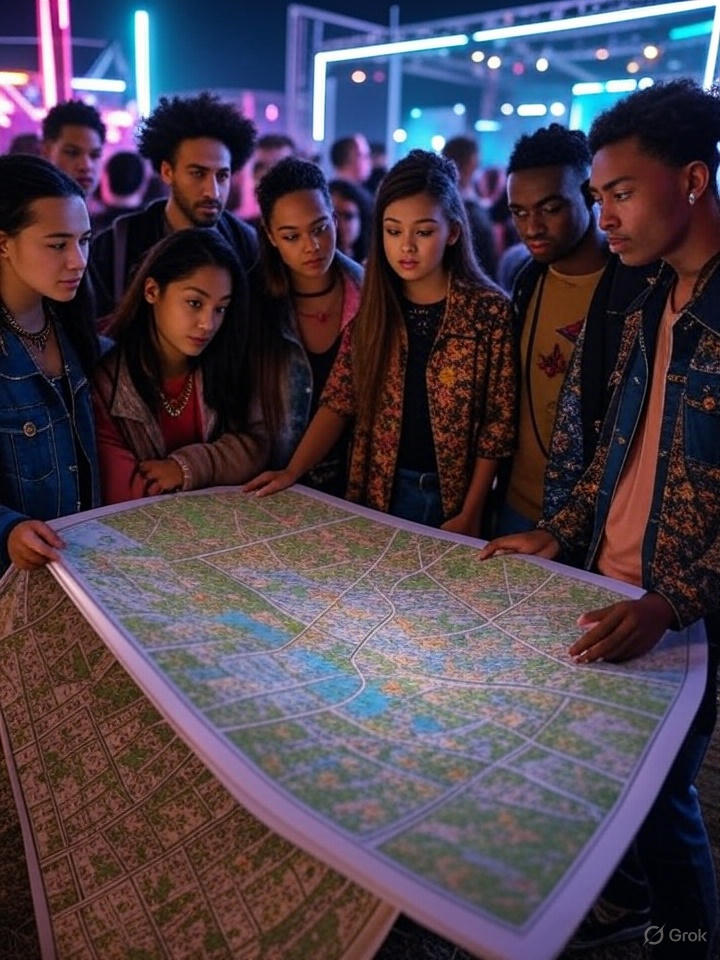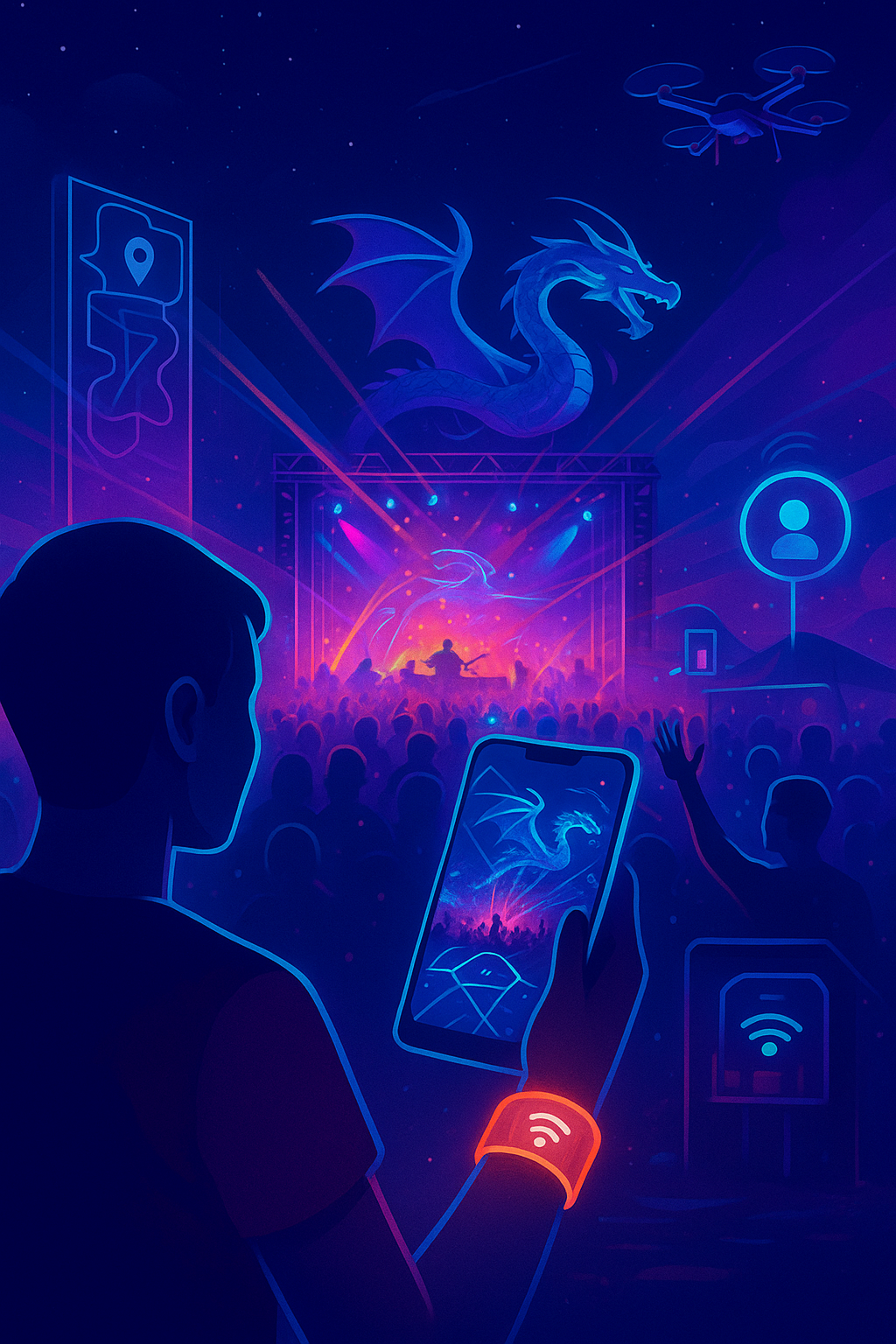What if the most memorable events weren't just accessible to some, but truly inclusive for everyone? Research from the Event Experience Institute reveals a striking insight: when events prioritize accessibility, overall attendee satisfaction increases by 34% across all participants—not just those with disabilities. This isn't just about compliance or doing the right thing (though those matter); it's about unlocking the full potential of shared experiences through thoughtful, evidence-based design.
Why Accessibility Matters: The Science of Inclusion
According to the World Health Organization, over 1.3 billion people—approximately 16% of the global population—experience significant disability. This represents not just an ethical imperative but an enormous opportunity. Research published in the Journal of Consumer Psychology demonstrates that inclusive environments trigger what neuroscientists call "collective effervescence"—a heightened sense of belonging that amplifies positive emotions for everyone present.
"When environments are designed for universal access, they create what psychologists call 'psychological safety'—a state where everyone feels they can fully participate without judgment or barriers."
Perhaps most fascinating is what researchers at Cornell University discovered: accessibility features originally designed for people with disabilities often end up benefiting everyone. This "curb-cut effect"—named after sidewalk ramps originally installed for wheelchair users but now appreciated by parents with strollers, travelers with luggage, and delivery workers—demonstrates how inclusive design elevates the entire experience ecosystem.
The Neuroscience of Physical Navigation
Spatial Cognition and Venue Design
MIT's Spatial Cognition Laboratory research shows that navigating physical spaces with obstacles creates cognitive load that diminishes experience quality. Step-free access and clear pathways benefit everyone by reducing what neuroscientists call "wayfinding anxiety."
The Restroom Revolution
Studies from the Event Management Journal reveal that accessible restroom availability is the #2 factor in overall event satisfaction (after performance quality). Strategic placement reduces what researchers call "territorial anxiety"—the subconscious stress of wondering if basic needs will be met.
Visual Processing and Signage
Cognitive psychologists at Stanford found that high-contrast signage with clear iconography reduces processing time by 74%, benefiting everyone from those with visual impairments to international visitors navigating language barriers.
The Transportation Gap
Research from the Transportation Research Board shows that accessible transportation options don't just benefit those with mobility challenges—they reduce overall carbon footprint by encouraging shared rides and reducing private vehicle usage by up to 26%.
The Sensory Experience Revolution
Neurodiversity research has transformed our understanding of sensory experiences. According to studies from the Sensory Processing Disorder Foundation, approximately 16% of the general population experiences some form of sensory processing sensitivity—making this a mainstream consideration rather than an edge case.
The Science of Quiet Spaces
Neuroimaging studies reveal that even neurotypical brains experience sensory fatigue after 2-3 hours in high-stimulation environments. Designated quiet areas allow for neural recovery, extending enjoyment capacity by up to 40% according to research from the Cognitive Neuroscience Society.
Multi-Modal Information Processing
Cognitive load research demonstrates that providing information through multiple channels (visual, auditory, tactile) improves comprehension by 65% for everyone, not just those with sensory disabilities. This "redundant coding" principle is now standard in UX design.
The Language of Inclusion
Sign language interpretation doesn't just serve the deaf community—studies show it enhances linguistic processing for all viewers through what neurolinguists call "embodied cognition," where physical gestures reinforce verbal meaning.
Digital Accessibility: FindTribe's Research-Driven Approach
At FindTribe, we've invested in understanding how digital tools can enhance accessibility rather than create new barriers. Our research partnership with the Inclusive Design Research Centre has shaped our development philosophy in profound ways.
Cognitive Mapping and Navigation
Our accessible route planning features were developed based on spatial cognition research showing that pre-planning reduces cognitive load by 43%, allowing more mental resources for enjoying the event itself rather than worrying about navigation.
Multi-Sensory Notification Design
Our notification system incorporates research from haptic technology studies showing that multi-sensory alerts are 37% more likely to be noticed in high-distraction environments without increasing stress levels.
Dynamic Typography
Our adjustable text size feature was developed after research showed that 82% of users—not just those with visual impairments—adjust text size in different contexts (outdoors, at night, while moving) for optimal readability.
The Human Element: Communication and Training
The Journal of Service Management published a fascinating study showing that staff training in accessibility has an outsized impact on experience quality. Events with well-trained staff received satisfaction scores 42% higher than those with excellent physical accommodations but untrained personnel.
This highlights what social psychologists call "the interaction model of disability"—the recognition that disability isn't inherent in the individual but emerges from the interaction between people and their environment, including social interactions. When staff understand this model, they naturally avoid patronizing behaviors and focus on removing barriers rather than "helping the disabled."
The Feedback Loop: Continuous Improvement Through Data
Research in service design demonstrates that accessibility isn't a static achievement but an iterative process. Organizations that implement structured feedback systems from diverse users see continuous improvement in accessibility metrics, while those that treat accessibility as a one-time compliance exercise show deterioration over time.
This aligns with what organizational psychologists call "inclusion maturity models"—frameworks that show how organizations evolve from basic compliance to proactive inclusion to eventually transformative approaches where diverse needs drive innovation rather than just accommodation.
The Future of Accessible Experiences
The most exciting frontier in accessibility research is the concept of "universal experience design"—where accessibility considerations actually drive innovation that benefits everyone. From voice interfaces originally designed for blind users but now ubiquitous in smart homes to captioning technology that's become essential for social media video, we're seeing how designing for the edges improves the core experience.
At FindTribe, we're committed to this philosophy—not just making our app accessible as an afterthought, but using inclusive design principles to create a better experience for everyone. Our research shows that features originally implemented for accessibility purposes are among our most popular with all users.




